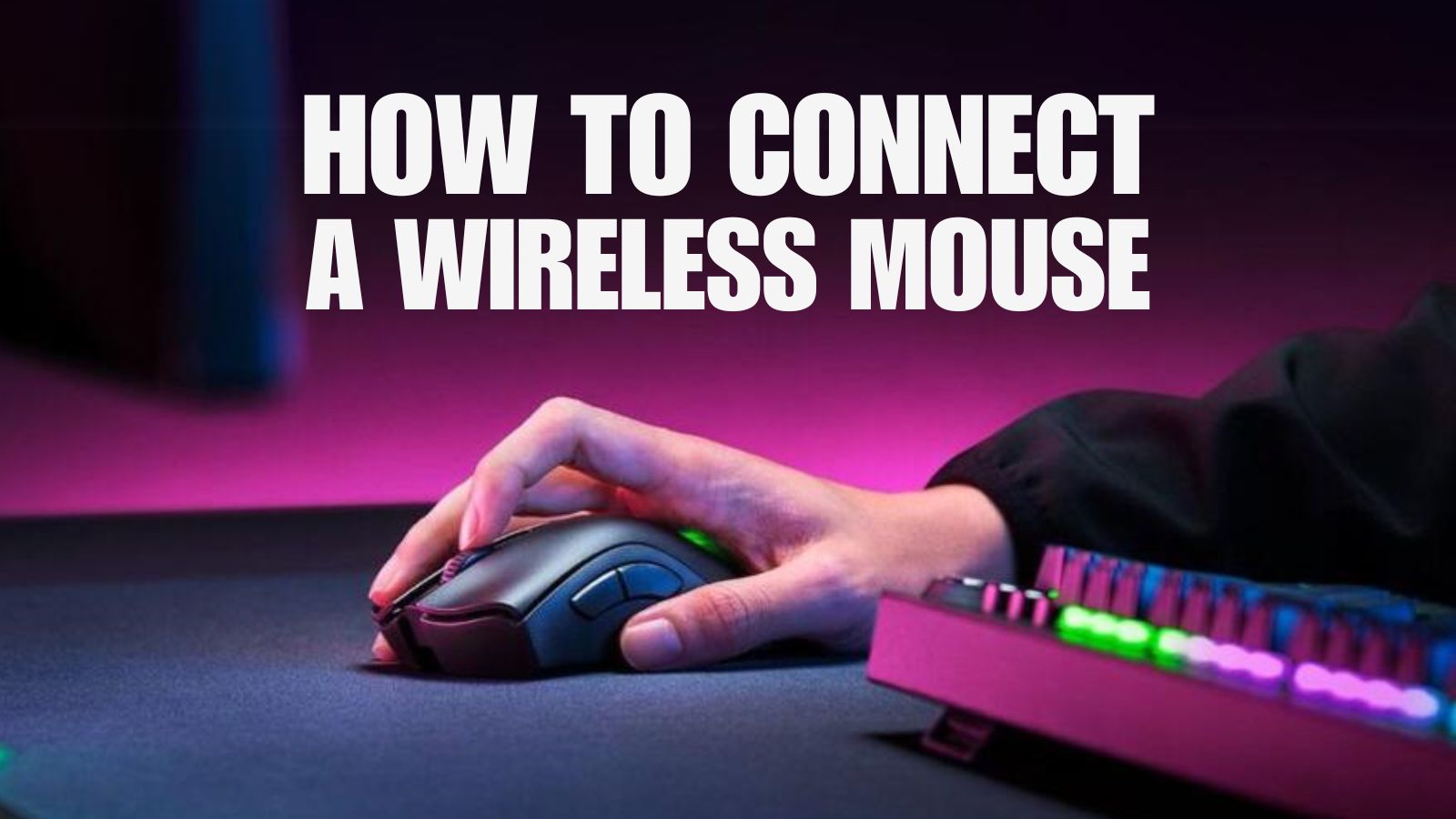Don’t know how to connect a wireless mouse? Then this is the blog post for you!
We’ve created this complete guide about wireless mice, covering all the benefits and drawbacks, connectivity methods, and how you go about connecting your mice to your PC.
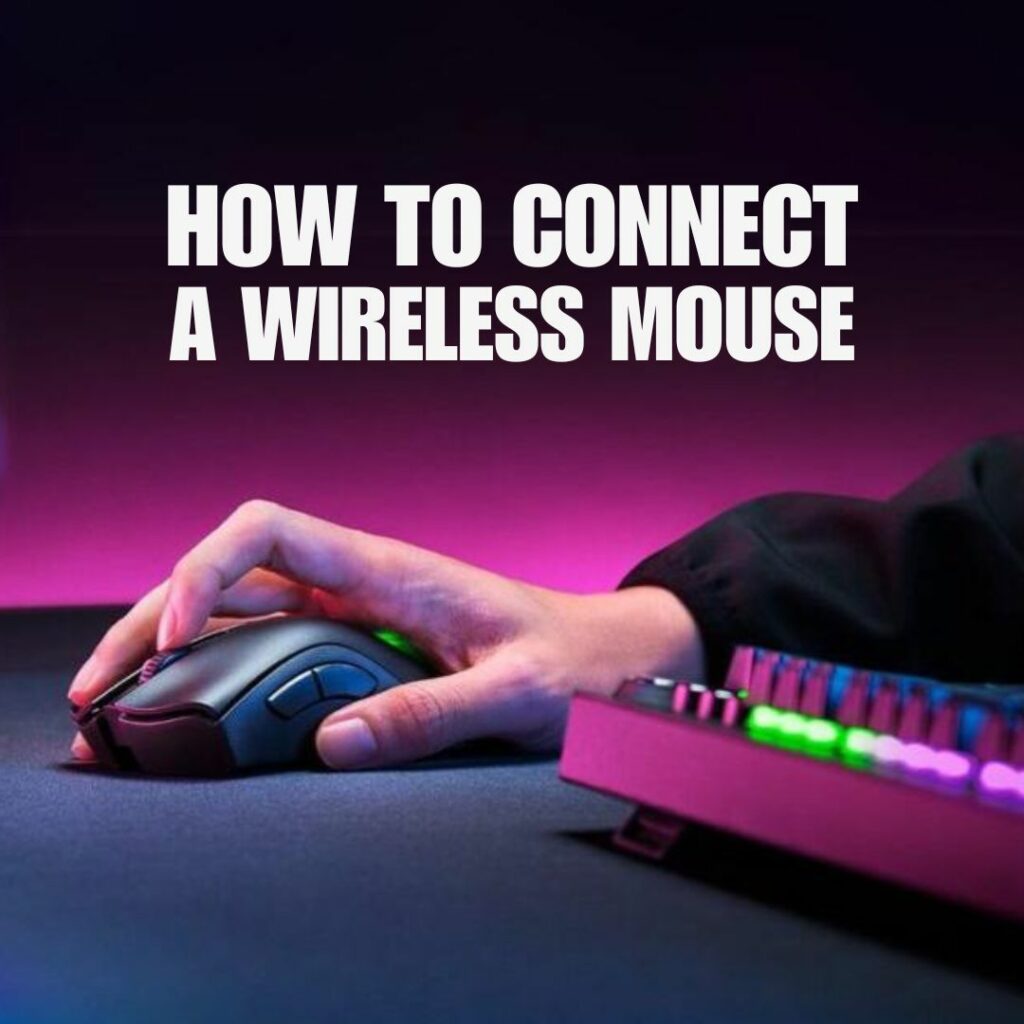
Why Should I Use a Wireless Mouse?
Wireless mice boast so many advantages for gamers, streamers, and professionals. You can achieve the same level of performance as a traditional wired mouse, but with unparallelled freedom over your flicks, clicks, and glides. The lack of wire means you aren’t tethered to your PC or laptop, and you’ll have one less cable to worry about cluttering up precious desk space.
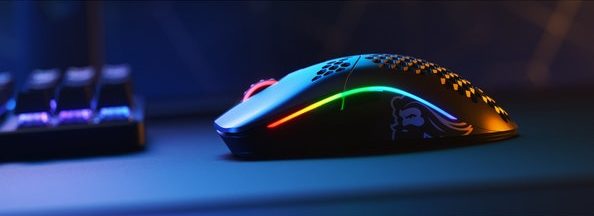
For those who game or work on the go, wireless mice are incredibly versatile and portable. Their small form factor makes them perfect for carrying around with you. You’ll only need extra space in your bag for the mouse itself and the USB adapter.
Still deciding on whether or not you want a wireless mouse? Here are all the pros and cons.
Pros
- No wires to get tangled in
- Less cable clutter on your desk
- Portable. Super easy to carry around with you
- Plug and play compatible
Cons
- Limitations due to battery life
- Susceptible to interference or connectivity issues
- Can be more expensive than traditional wired mice.
Struggling on how to determine which gaming mouse is the right one for you? Take a look at our dedicated guide to gaming mice for all the key information you need.
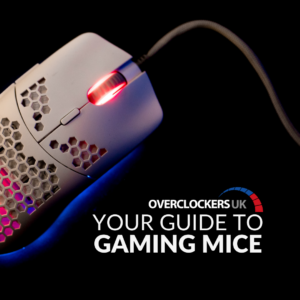
2.4GHz vs Bluetooth Connectivity
Wireless mice utilise either 2.4GHz or Bluetooth connectivity.
2.4GHz
Mice that harness the 2.4GHz standard will typically come with a separate receiver dongle that needs to be plugged into a USB port. 2.4GHz has been optimised to boast fast speeds with minimal latency, making it perfect for gamers who demand only the best performance out of their hardware.
The main drawback to 2.4GHz is the required USB dongle, especially for those who game or create via a laptop. Laptops don’t include endless USB ports and you may end up having to pick and choose which peripherals or devices you have connected at any time.
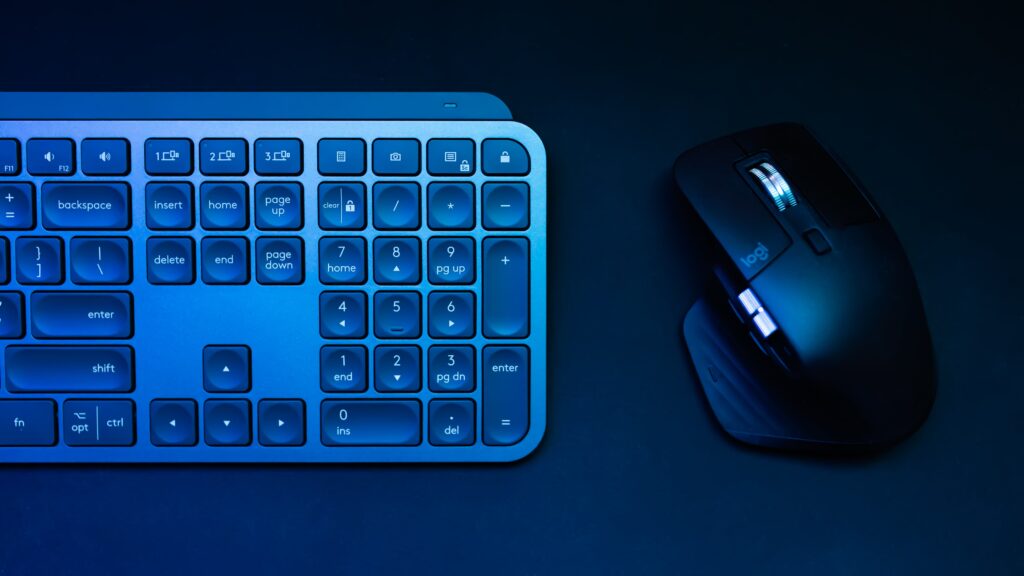
Bluetooth
Alternatively, Bluetooth mice connect to your PC or laptop directly, no USB receiver is required. Similar to 2.4GHz, Bluetooth connectivity boasts low latency, fast speeds, and reliable performance.
The main downside to Bluetooth wireless mice is that you need a PC or laptop that is compatible with Bluetooth in order to use them. To combat your hardware not being compatible, you can purchase a Bluetooth dongle, however this will require a spare USB port.
How to Connect Your Wireless Mouse
2.4GHz
To connect your wireless mice via 2.4GHz, you’ll first need to ensure that you’ve plugged the USB receiver into your PC or laptop. Plus, you’ll also want to double check that your mouse is fully charged or has a fresh set of batteries installed.
Once you’ve done these things, go ahead and turn your wireless mouse on and press the connect button. The location of these buttons can vary depending on the model and manufacturer, therefore we recommend you check the manual or manufacturer page for more details. Slowly begin moving your mouse to test the connection. As soon as you see the cursor begin to move on screen, your wireless mouse has successfully connected.
Please note however, you may also need to download some additional software before you can use your mouse. This is dependent on the manufacturer, so refer back to the manual for details on which software you need.

Bluetooth
Alternatively, to connect your mouse via Bluetooth, you’ll need to first turn the mouse. Again don’t forget to ensure its charged and ready to go. Next up, you’ll need to activate your PC/laptop’s Bluetooth.
To do this, head over into Start > Settings > Bluetooth & Devices. Here you’ll be able to switch Bluetooth on and off. To connect to your wireless mouse, select ‘Add device’, choose the type of device you want to connect, after this your PC will start to search for nearby compatible devices.
In order for your wireless mouse to be detected, you’ll need to put it into ‘Pairing’ mode. Most Bluetooth compatible mice feature a ‘Pairing’ button which you’ll need to press and hold down. However, this can change depending on model and manufacturer, so be sure to refer to the webpage or manual for more information.
When your PC has detected your mouse, it’ll appear on screen. Click on your mouse’s name to add it to your list of devices. Once you do this, you’ll be able to keep on using your wireless mouse without having to re-pair it every time.
Looking to Upgrade to a Wireless Mouse?
Are you looking to upgrade to a wireless mouse? At Overclockers UK, there are plenty of wireless gaming mice available boasting Bluetooth, 2.4GHz, and even tri-connectivity. Available in a plethora of different colours and styles, you are sure to find a wireless mouse that suits your aesthetic and gaming demands.
We’ve included a selection of our favourites below, but if these don’t suit your taste you can shop the full range by clicking the button.
Glorious Model D RGB Optical Matte Black Wireless Gaming Mouse
- Optical gaming mouse
- Glorious BAMF sensor
- Up to 19,000
- 2.4GHz connectivity
- Integrated RGB lighting
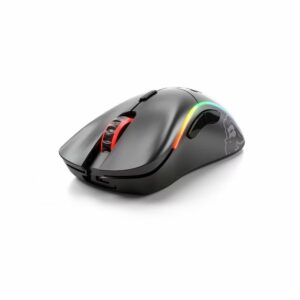
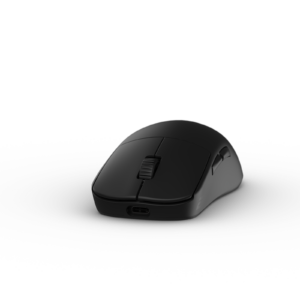
Endgame Gear OP1we Black Wireless Gaming Mouse
- Optical gaming mouse
- PixArt PAW 3370 sensor
- Kalih GO switches
- Hybrid skate design
- Up to 19,000 CPI
Razer Cobra Pro Lightweight Optical Wireless Gaming Mouse
- Razer Focus Pro 30K Optical sensor
- Razer 2.4GHz Hyperspeed connectivity
- Up to 100 hours of battery life
- Integrated RGB lighting
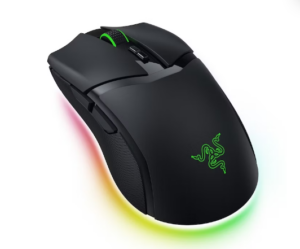
Level Up Your Mouse Game!
Do You Use a Wireless Gaming Mouse?
Do you use a wireless gaming mouse? How has it helped to improve your gaming performance or productivity?
